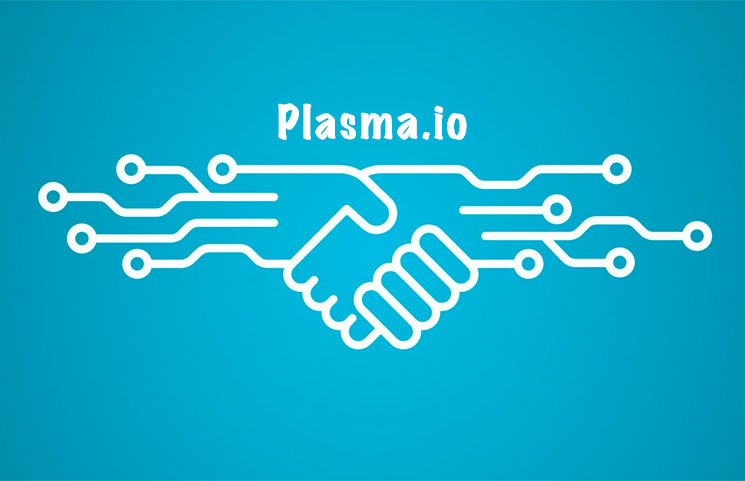Blockchain
Plasma: Scalable Autonomous Smart Contracts For Ethereum?

The blockchain community is currently discussing different strategies on how to achieve scalability on the blockchain. Plasma is a framework for incentivized and enforced the execution of smart contracts on Ethereum.
What is Plasma?
Plasma, at this point is a proposed framework by Joseph Poon and Vitalik Buterin and was published as a paper in September 2017. At the current moment, the team is about to start development.
Plasma is a way to achieve scalable computation on the blockchain autonomously. It makes it possible for the contract creator to persistently use the blockchain without active state transition management. Furthermore, the scalability will also be achieved by decreasing funds that are represented in the spend on a contract to one bit in a bitmap.
This will be combined with a MapReduce framework (a model for processing and generating big data sets with a parallel, distributed algorithm on a cluster).
Plasma runs on top of an existing blockchain so that no one needs to create transactions on the underlying chain for every state update.
How Plasma Works
Nested Blockchains
The system is constructed to be blockchains on the blockchain. So the state of the child blockchains is committed to the root chain, for example, Ethereum.
A Set of Smart Contracts
With Plasma you will set your own rules and set of consensus for your blocks, it doesn’t require consensus changes to Ethereum, only rules on how to agree on the current state with the existing pool funds and contract rules.
Fraud Proof
Plasma doesn’t require Proof-of-Stake but Proof-of-Ffraud. So if any of your chains is submitted, anyone can see and can be able to disagree if there is an invalid block.
Map Reduce
Using a nested tree of blockchains that can to the computation.
Design Goals
The result that Plasma wants to achieve is that one blockchain can encompass all worldwide computation and reframe them into a set of MapReduce functions. As an option and as an incentive, it is possible to do Proof-of-Stake token bonding on top of existing blockchains.
Data is committed to the root blockchain (Ethereum) and it is only in the event of a dispute of the Byzantine behaviour that the fraud is proven and rolled back. This can lead to payment and ledger scalability and has the potential to have billions of records, not just transactions, updated per second.
How Does Plasma Work?
You can upload your smart contract on the public Ethereum blockchain and this will allow you to launch your own specific application with your own specific rules. Here is how.
- Step 1: Initialize the Plasma Blockchain by submitting a contract to the root blockchain.
- Step 2: Localize the computation to your blockchain.
- Step 3: Define consensus rules and define fraud-proof. If any block is invalid, anyone can submit proof of fraud to roll back the blockchain.
- Step 4: Decentralized application at scale
The way this is done is by periodically committing to the root chain. Only the blockhash is committed, this means that only a minimum amount of data is submitted to the chain. This makes it possible to have complex computation happen in the Plasma block (e.g. between a Plasma block #2 and #3) but only small commitments are included in the root chain.
This means that you also only have to worry about the blocks that affect you.
Why Is This Interesting?
Nested Blockchains make it possible that you only have to touch the root chain in the moment of dispute. Limited amounts of data are committed to the root chain and interactions only happen between the Plasma blocks. This system offers economical incentives like Proof of authority. A single party creates the blocks and signs off on them. If it’s invalid it gets penalized and hardcoded in the smart contract.
This could also work as a multiparty agreement such as Proof of Stake (PoS) were a set of participants must agree to finalized blocks. Therefore it can make sense to run a token protocol on Plasma blocks.
The Plasma Verdict
The Plasma framework and its possibilities are highly interesting. We are very interested in what the team will develop in the upcoming month and will watch their site closely.
